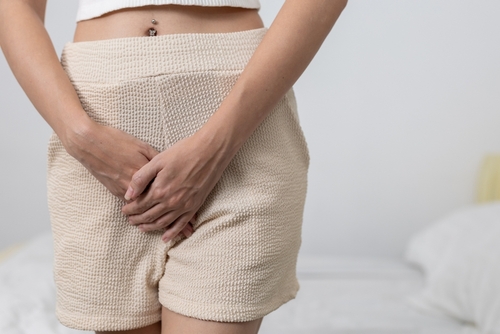The female genital tract—including the urethra, clitoris, introitus, and labia—is rich in both estrogen and testosterone receptors, which play critical roles in maintaining tissue structure, function, and overall health. These receptors are not limited to reproductive function; they also influence sexual sensation, urinary continence, and tissue integrity. Research has shown that both hormones contribute to the vascularity, collagen production, and mucosal health of these areas, and their decline during menopause can lead to significant anatomical and functional changes.
After the age of 50, as estrogen levels drop, many women experience genitourinary syndrome of menopause (GSM). This includes thinning and atrophy of the labia minora and clitoris, which can become so severe that these structures shrink or even disappear. The clitoris, a highly vascular and innervated organ, may lose sensitivity and responsiveness due to reduced blood flow and tissue elasticity. Similarly, the labia may fuse or flatten, leading to discomfort, sexual dysfunction, and increased vulnerability to irritation and infection.
Estrogen and testosterone also play a shared role in urinary continence. Estrogen helps maintain the strength and elasticity of the urethral and bladder tissues, while testosterone supports pelvic floor muscle tone and urethral coaptation. Hormone replacement therapy (HRT), particularly localized estrogen and potentially vaginal testosterone, has been shown to improve symptoms of stress urinary incontinence by enhancing tissue integrity and vascular support.
Understanding the hormonal landscape of the female genital tract is essential for proactive care during and after menopause. Women experiencing symptoms such as dryness, discomfort, urinary leakage, or changes in genital appearance should consult with a knowledgeable provider. Hormonal therapies—especially when tailored to individual needs—can restore function, improve quality of life, and preserve sexual and urinary health well into later life.
References

